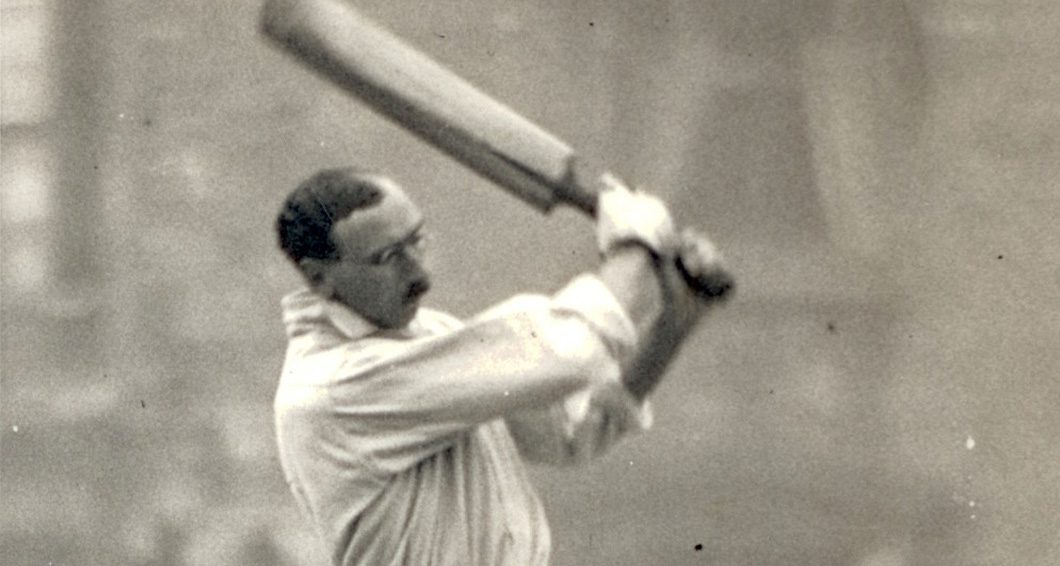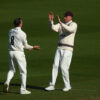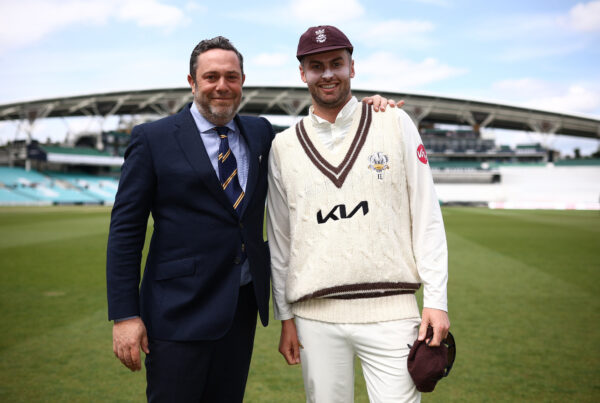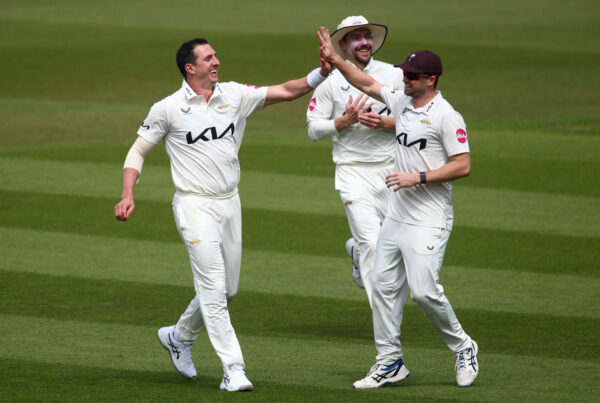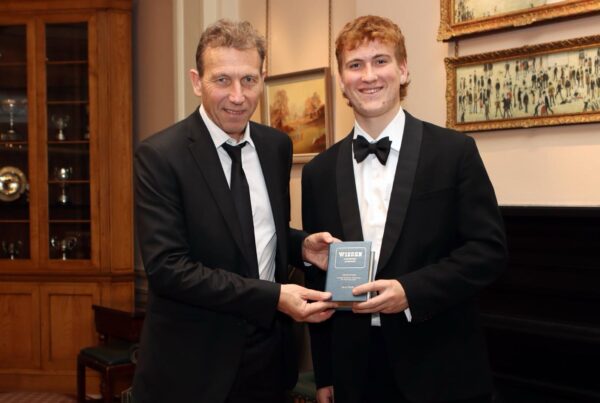The world was suffering its worst economic slump and Douglas Jardine’s England team had just won back the Ashes with a blitz of bouncers in Australia. Richard Spiller looks back 90 years
Surrey’s season
Already captain of England since 1931, Douglas Jardine had become Surrey’s skipper the following season. Percy Fender, in charge for more than a decade, offered to stand down in favour of his friend, which was initially refused by the club committee. Then they changed their mind, which led to an awkward situation.
Fender was regarded as one of the outstanding leaders in English cricket, too much his own man to be entrusted with the Test team but worshipped by many of his players for his inventive and inspiring presence.
Jardine had been playing first-class cricket for a decade yet his availability for Surrey was limited by having to earn a living – he was an amateur – while England calls since establishing himself in 1928 exacerbated the situation. His captaincy, like his batting, was staunch rather than enterprising.
Surrey were fifth in 1932 but the following summer proved a difficult one. Their only victory before the middle of June, a run of nine matches, saw them beat Gloucestershire by three wickets at The Oval. Thrashing Essex by an innings and 100 runs on home ground lifted spirits only to be followed by four defeats in five games, two by an innings. After that the summer drifted along, not helped by Jardine only being available for seven matches out of 26. His final appearance of the summer for the county – and, it turned out, ever – would be in the drawn match against Kent at The Oval in late July.
Vice-captain Maurice Allom’s presence was even rarer – five outings – and altogether Surrey had seven captains at various stages, Fender stepping in most frequently. Wisden reported that the county “rarely played the same sort of cricket twice in consecutive matches” as a result.
The only ever-present member of the side was wicketkeeper Ted Brooks.
Another distraction of sorts came in the unlikely shape of Jack Hobbs. “The Master” was now 50 and allowed to pick and choose his games, playing 10 in the Championship. Yet he rekindled memories of the great days by making 221 against the touring West Indies in what was to be his penultimate season, the gates which commemorate him – and have provided the main entrance to the ground ever since – being erected in the following winter.
Winning the final two matches – there were just six successes all summer – at least pushed Surrey up to ninth, their batting led by Tom Barling (1,776) and Stan Squires (1,504), supported by Bob Gregory (1,242), Andy Sandham’s (1,002), Hobbs (766) and Fender (709).
Wickets were always harder to come by on Bosser Martin’s bland pitches, tireless paceman Alf Gover (98 wickets) and Fender’s mixture of medium-pace and leg-spin netting 82 despite him being 38.
Yorkshire maintained completed a hat-trick of Championship titles, finishing top seven times in the decade.
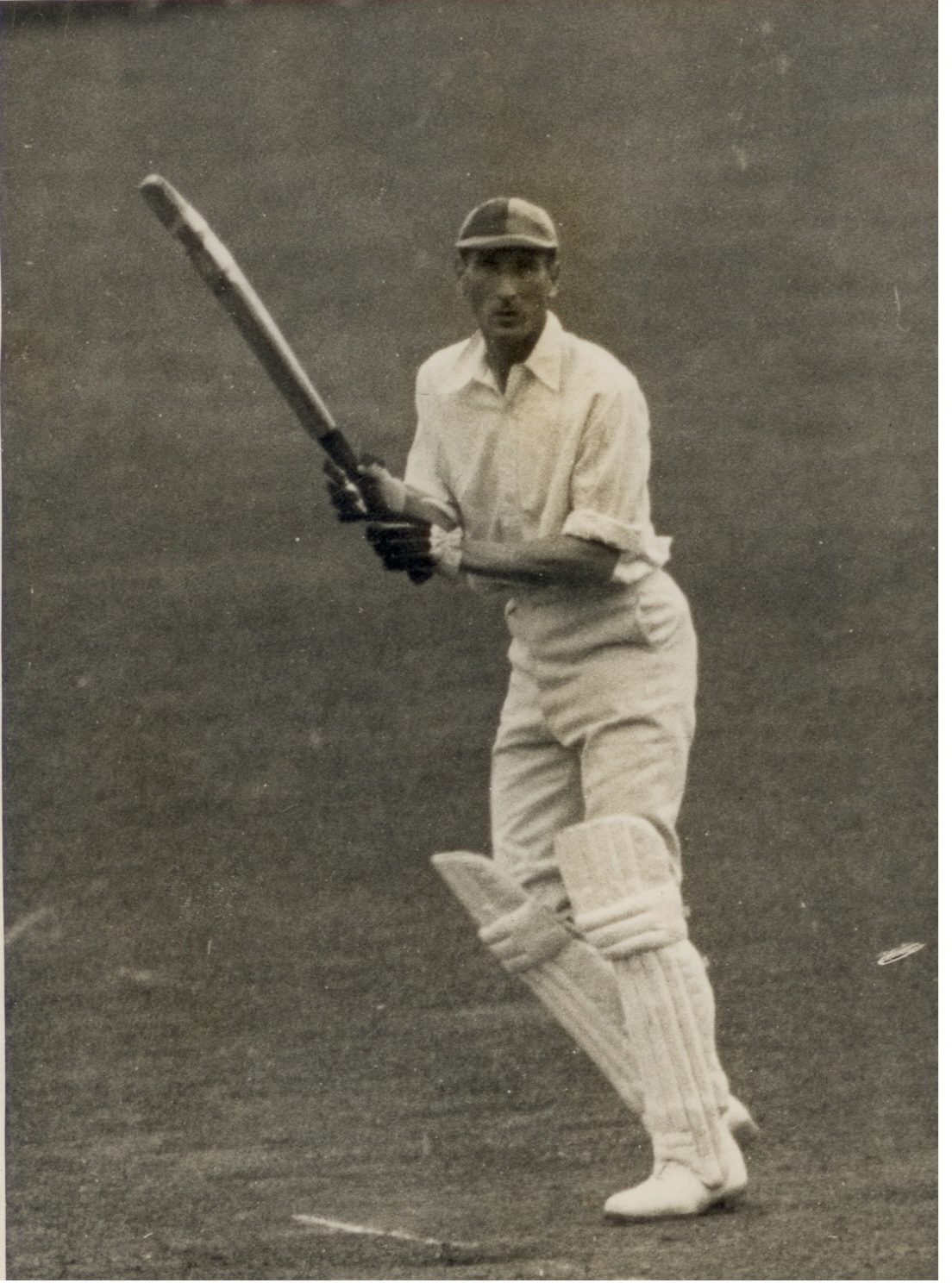
Oval Test
Having won back the Ashes the previous winter, England were expected to beat West Indies on only their second tour of this country. They had been whitewashed 3-0 in 1928 but held a half-strength touring side 1-1 in the Caribbean in 1929-30.
So it was no surprise when the hosts won by an innings and 27 runs at Lord’s, although at Old Trafford the great George Headley’s 169 – putting on 200 for the second wicket with opener Ivan Barrow (105) – ensured West Indies made 375 in their first innings.
Both sides adopted Bodyline tactics for periods of that match and Jardine showed he could take it as well as dishing it out in making a brave 127 against the hostility of Learie Constantine and Manny Martindale. That ensured his side only trailed by one run on first innings before the match drifted into a draw. Surprisingly it was his only Test century in a 22-match career which saw him average an impressive 48.
Arriving at The Oval 1-0 up, England fielded a much-changed side which was missing the injured Jardine, the first time Surrey had not been represented in a Test on their ground. They were led by his durable and dependable vice-captain Bob Wyatt, the absence of Yorkshire left-arm spinner Bob Wyatt meaning none of the attack which had won the Ashes were now present. He was replaced by Charles “Father” Marriott, making his Test debut at the age of almost 38 in a match which would make him king of the one-cap wonders.
England’s 307 all out owed much to Northamptonshire’s Fred Bakewell, replacing Herbert Sutcliffe, who had proved himself a fine strokemaker despite a front-on stance and having his hands wide apart on the handle, which appalled purists. He held together the innings before late runs from debutant Charlie Barnett (52) and Stan Nichols (49) inflated the total despite Martindale’s 5-93.
Left-arm seamer Nobby Clark (3-16) made early inroads into the reply but Kent leg-spinner Marriott began by having Headley stumped and proceeded to finish off the tourists for 100 as he claimed 5-37 from 11.5 overs.
Wyatt imposed the follow-on early on day three, Clark (Northants) and Nichols (Essex) this time taking two each but Marriott again having star billing with 6-59 from 29.2 overs to finish with 11 wickets in the match for just 96. As master-in-charge of cricket at Dulwich College, his opportunities to play for Kent had been limited and although he was able to tour with England the following winter, he would not appear again at international level.
Fellow leg-spinner Peter Smith had every reason to be especially envious, a tale uncovered by Martin Williamsson for CricInfo. The day before the match, the 24-year-old Essex man was at the cinema in Chelmsford when a message was flashed up on screen asking him to report to his county. His father had also received a telegram from the club secretary, directing Smith to be at The Oval the following morning as injury cover. It was only when Smith was sitting in the dressing room at The Oval the next morning that a mystified Wyatt asked him why he was there and Smith realised he had been the subject of a dreadful hoax.
There was at least a happy ending – Smith was to play for England, although he had to wait until 1946 – 13 long years which included the Second World War – before he was selected and, ironically, made his debut at The Oval.
Jardine returned to lead England’s successful winter tour to India, winning 2-0 in a three-match series, but realised that support for him among the English hierarchy was ebbing. He announced he was not available for the following summer and resigned the Surrey captaincy too, rarely being seen on a cricket pitch again.

What else happened in 1933?
The Great Depression, sparked by the Wall Street Crash in 1929, dominated the 1930s. In Britain it created the worst economic slump of the 20th century. By 1933 trade had halved within four years but the country was now making faltering steps towards recovery after unemployment had peaked at 3.5 million during the previous summer. London and the south-east suffered less than some areas of the north, Wales, Scotland and Northern Ireland, where less than a third of workers had a job for long periods. Poverty was extreme and the newly-introduced unemployment benefit was strictly means-tested.
Franklin D Roosevelt was sworn in as the 32nd president of the United States, his first priority being to tackle the depression. “The only thing we have to fear is fear itself,” he told the country, setting in motion the “New Deal” he believed would transform the lives of millions of Americans.
Prohibition of the manufacturing and sale of alcohol in the USA, which had been introduced in 1920, was formally ended in December, just in time for citizens to have a (legal) Christmas drink.
Adolf Hitler, leader of the minority Nazi party, was appointed Chancellor of Germany in January. Within a month the Reichstag, the country’s Parliament, had mysteriously burnt down and many civil liberties were suspended.
Winston Churchill, excluded from Great Britain’s national government – led by Labour’s Ramsay MacDonald but dominated by the Conservatives –began to warn about the dangers of German militarism from the backbenches of the House of Commons.
Japanese forces annexed the Mongolian province of Rehe as tensions also grew in the Far East.
The Four-Power Pact, designed to ensure international security, was signed by Britain, France, Germany and Italy.
Travelling on the London Underground became a great deal easier thanks to a diagram showing the different lines, designed by Harry Beck. Almost a century on, it remains the basis for network maps now. Tubes and buses were brought under the control of the London Passenger Transport Board.
